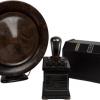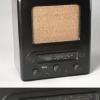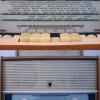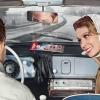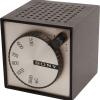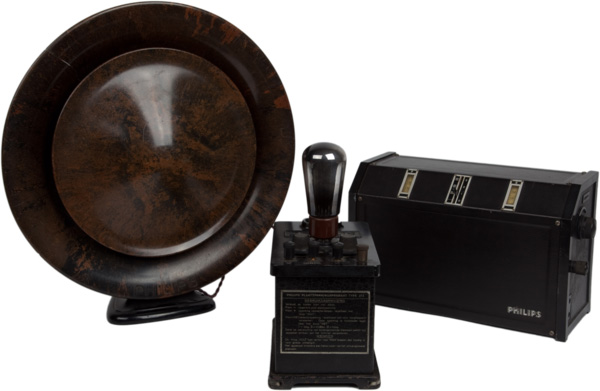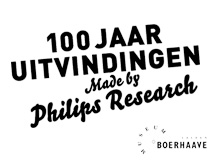A 'whisker' to a scream: the work of tuning in
When radio broadcasting began in most countries in the 1920s, many receiving sets were small crystal (detector) sets, usually assembled at home by a radio enthusiast.
Building the set was not the end of the work involved: actually receiving a radio broadcasts initially meant positioning a thin metal wire ("cat's whisker") at the right spot on a crystal to get any reception at all. The smallest disturbance could cause the wire to move and the signal to be lost, much to the consternation of the operator.
As commercial sets with vacuum tubes became more widely available over the course of the following decades, "tuning in" remained a chore. Most sets, such as engineering firm Philips's first radio (the "rye loaf") were small black or wooden boxes with three or more knobs. Tuning in to a radio station required expertise – and patience – to adjust each of the knobs into just the right position.
For many users, this constant fiddling with the device to tune anything in was half the pleasure, and the further away the station was, the better. In a marketing brochure for a Brown build-it-yourself set from 1930, a proud father enthused:
'I'm going into the shop where I bought it and tell them I have got it working and heard fourteen foreign stations. When this is over, we'll have a shot at that German station again.'

How to cite this page
Alexander Badenoch, 'A 'whisker' to a scream: the work of tuning in', Inventing Europe, http://www.inventingeurope.eu/philips/a-whisker-to-a-scream-the-work-of-tuning-in
Sources
- Fickers, Andreas. ‘Sichtbar Hörbar! Radioapparat Und Stadt – Knoten Im Vernetzten Kommunikationsraum’. In Die Stadt Als Kommunikationsraum. Medialität Und Raumgefüge Der Großstädte Im 20. Jahrhundert, edited by Clemens Zimmermann, 83–103. Stuttgart: Franz Steiner Verlag, 2006.
- Geddes, Keith, and Gordon Bussey. The Setmakers: A History of the Radio and Television Industry. British Radio & Electronic Equipment Manufacturers’ Association, 1991. (quote p. 98)





